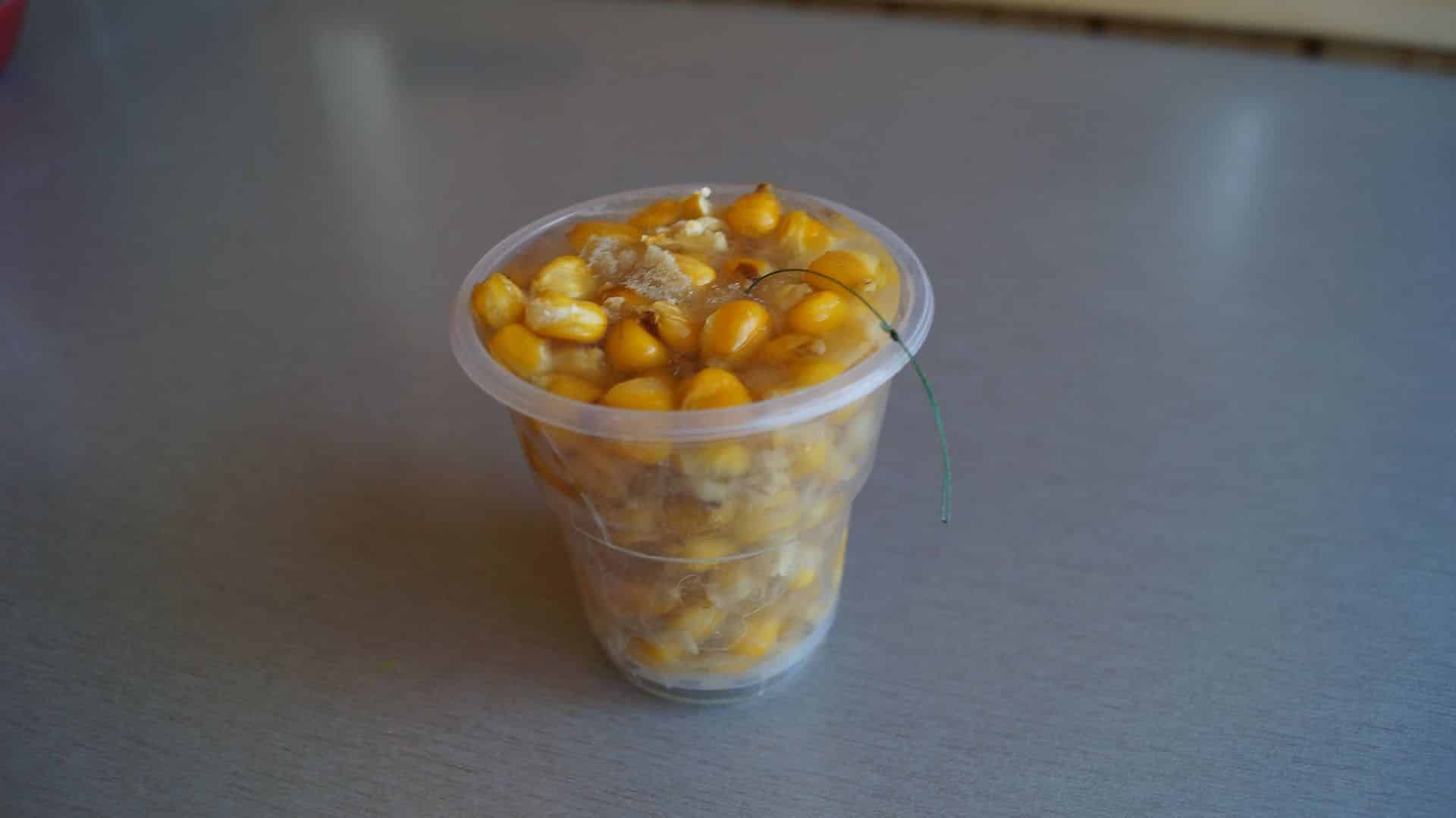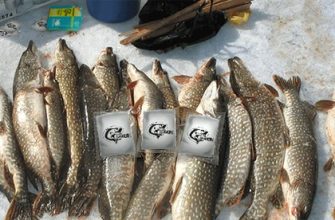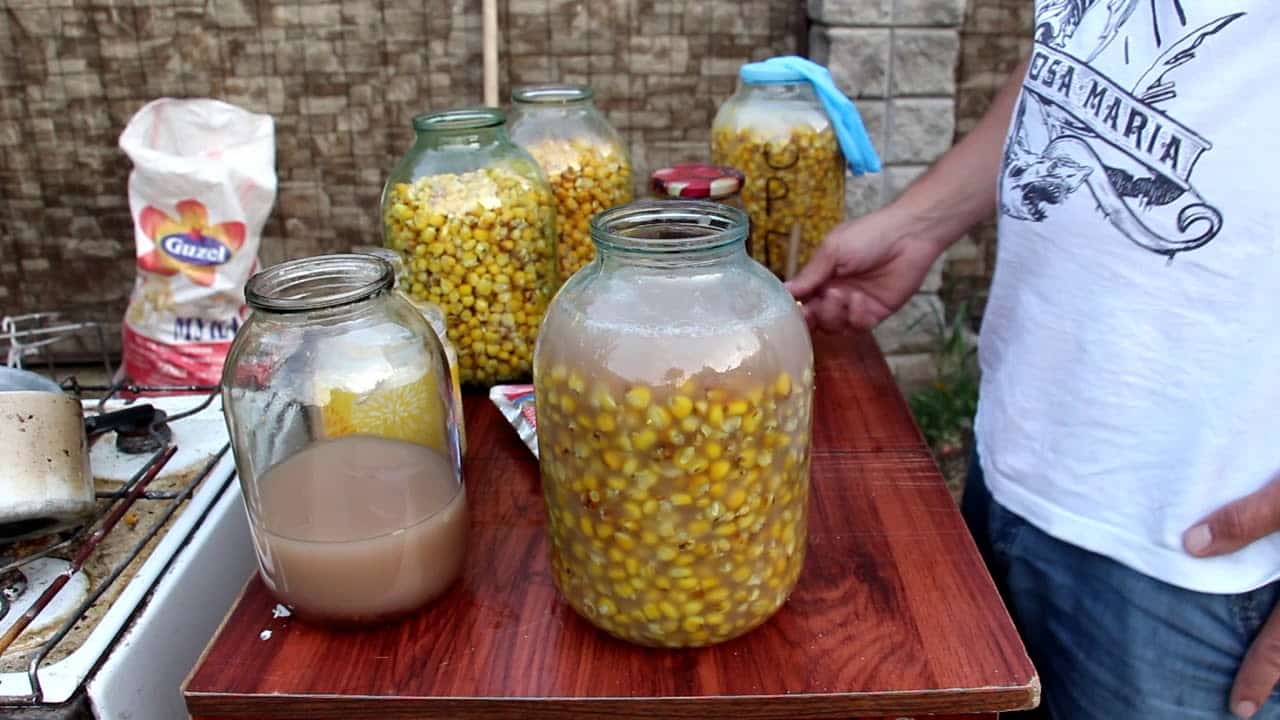One of the most common types of bait and bait that is popular with anglers is corn. This is due to the fact that this cereal is a cheap and affordable product that can be purchased at almost any grocery store. Due to its bright color, smell, as well as specific taste characteristics, it actively attracts the attention of fish. There are several types of corn, as well as recipes, methods of its preparation, which allow using this cereal, both as bait, and in the form of bait, bait.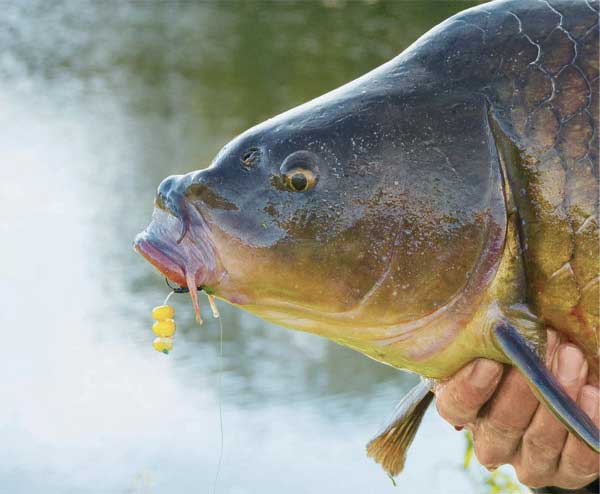
Carp for corn is sometimes no worse than for
boilies [/ caption]
- Using corn as bait and bait
- What kind of fish bite corn – who loves delicious grains?
- What types of corn are used for fishing
- When fishing is not a float tackle
- Choosing canned corn for fishing
- Cooking different types of corn for fishing
- Using regular corn kernels
- How to boil corn kernels
- How to make steamed fish corn
- The use of raw grains
- How to make drunken or fermented fishing corn
- Cooking with mash
- Steaming in a thermos
- Using a multicooker
- Use of crushed corn
- Hungarian fishing corn
- Artificial corn
- Flavored grains
- Floating
- Canned corn
- Corn syrup for fishing use
- How to properly plant corn on a hook: several options with a photo
- Use as a groundbait
- How to catch carp, bream and chub with corn
- Pros and cons of using corn kernels for fishing
- Experienced advise
- Поделиться ссылкой:
Using corn as bait and bait
A cereal such as corn has been used by many anglers for a long time as the main ingredient in the preparation of groundbaits, as well as in the form of a bait or bait. Compared to other baits and baits, corn kernels have a high level of catchability in any season. However, before using corn as bait or bait on a fishing trip, you need to choose it correctly, as well as properly cook and hook it.
Interesting fact! According to the statements of experienced fishermen, when using this cereal, the catch rates for such fish as crucian carp increase approximately 2 times.
What kind of fish bite corn – who loves delicious grains?
Corn is very popular with anglers due to its cheapness, availability, and high level of catchability. It actively attracts fish due to its pleasant taste, aroma, and bright color, which has an irritating effect on underwater inhabitants. In addition, this cereal can be successfully combined with a variety of flavors that will increase its catchability level. Thanks to the use of such a bait, it is possible to successfully catch practically all “white” fish. However, some representatives of freshwater reservoirs are distinguished by their greatest love for corn. Best of all, representatives of the carp family bite on it, in particular, the following types of fish like corn:
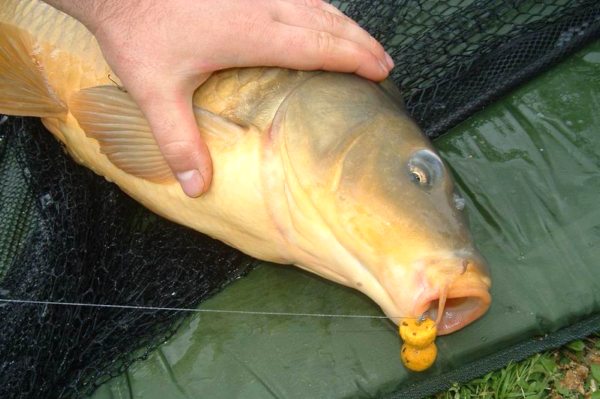
What types of corn are used for fishing
This cereal, used as bait / bait for fishing, can be roughly divided into several different types. The most common types of corn used during fishing are:
- Fermented drunk corn.
- Artificial corn.
- Sweet.
- Steamed.
- Canned.
Preparing fermented corn for fishing: https://youtu.be/sUpAm6Rwfvk In addition, this bait is often used raw or subjected to a so-called fermentation process. If necessary, depending on the recipe, you can use a slow cooker, steam in a thermos or cook on an ordinary gas stove to cook corn kernels, depending on the recipe.
When fishing is not a float tackle
Most often, grains are used as a bait when fishing with a float rod. At the same time, it is necessary to choose equipment (especially when fishing representatives from the carp family) with a rod length of 3.6 to 4.5 meters. And for catching large carp, a short rod is not at all suitable, since it will not allow you to successfully fish out a large, strong fish. The line for the rod should be chosen thin, but at the same time strong. It must withstand a load of up to 12 kg. This is due to the fact that most representatives of the carp family are very careful and simply ignore hooks with a nozzle equipped with a thick, catchy line.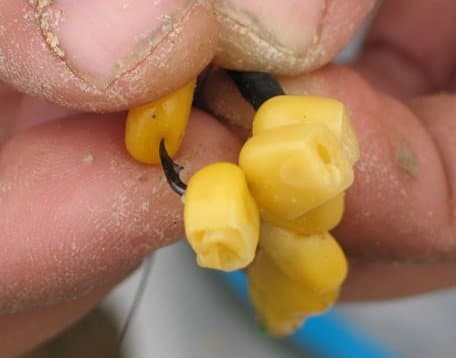
clever “montages [/ caption]
On a note! When using corn kernels, it is recommended to use hooks No. 2-6, with a short shank. A float, especially when fishing for carp, is better to select a small and unobtrusive one.
Choosing canned corn for fishing
Canned corn is very popular, especially among carp anglers. In contrast to conventional, unprocessed grain, it has a number of advantages:
- has a sharp, attractive aroma;
- has a specific shade;
- holds well on the hook, even during long casts;
- does not need preliminary preparation (ready-made canned corn can be purchased on the way to the reservoir).
However, not all canned grains are suitable for fishing. When choosing such a nozzle, you need to pay attention to the date of its manufacture, the quality and shape of the grains. It is preferable to select cereals with a round shape, in which there are no voids. In addition, the best canned corn grains should be firm with a rich, vibrant flavor. In specialized fishing shops, you can buy ready-made canned corn, which differs from each other in both taste and shape and size. For carp fishing, it is preferable to use sweet canned grains. They go well with animal baits such as maggots, bloodworms or worms. Canned grain juice can be used to make groundbaits.
Important! It is recommended to use canned corn all at once, during one fishing trip. This is due to the fact that an open jar with grains will not be stored for a long time. However, if necessary, in order to preserve the properties of this bait, it can be placed in an airtight container, into which a small amount of vegetable oil must be added.
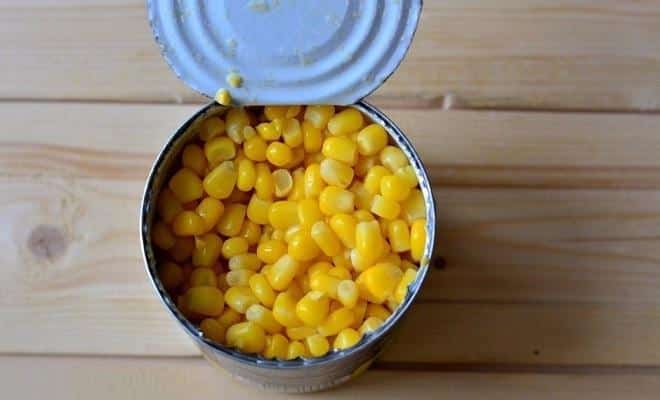
Cooking different types of corn for fishing
Corn grains contain a large amount of carbohydrates, which are necessary for fish. In addition, correctly, a skillfully prepared bait has a pleasant, sweetish taste, as well as a specific aroma that actively attracts fish. It should also be borne in mind that, due to its bright yellow color, it is able to attract the attention of underwater inhabitants even in conditions of poor visibility in the reservoir. There are many different recipes and methods for making bait and groundbait from this member of the cereal family. In addition, in order for the corn grains to have a brighter, more distinct and attractive smell, they can be fermented or used in combination with a variety of sweeteners, all kinds of additives, as well as flavorings.
Using regular corn kernels
Conventionally, such bait as corn can be divided into regular or dry and canned. Canned food has specific taste characteristics and aroma, so it is ready for use. However, if the angler needs a large amount of bait, then it is more advisable to use ordinary corn. After harvesting, the ears are dried to extend the storage time. Therefore, before using such grains, they must be heat treated, steamed or boiled. During the preparation of such a bait, the angler can independently regulate the level of grain hardness, and also (at his discretion) use a variety of flavoring additives, flavors.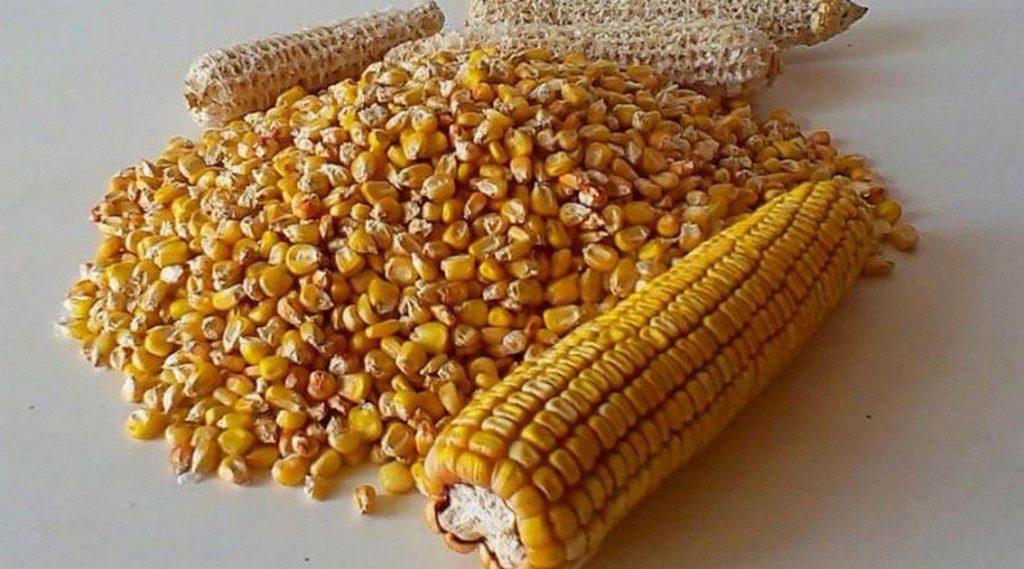
How to boil corn kernels
Everyone, even a novice angler, can independently make such a bait at home. It takes a long time to prepare such a nozzle, but in this case, the use of specific ingredients is not required. Before boiling corn for fishing, the grains must be soaked in water. To prepare such a bait, you must:
- Remove corn cobs from grains.
- Soak the peeled grains in water for 24 hours.
- Rinse the corn in water and then place on the stove over moderate heat in a saucepan.
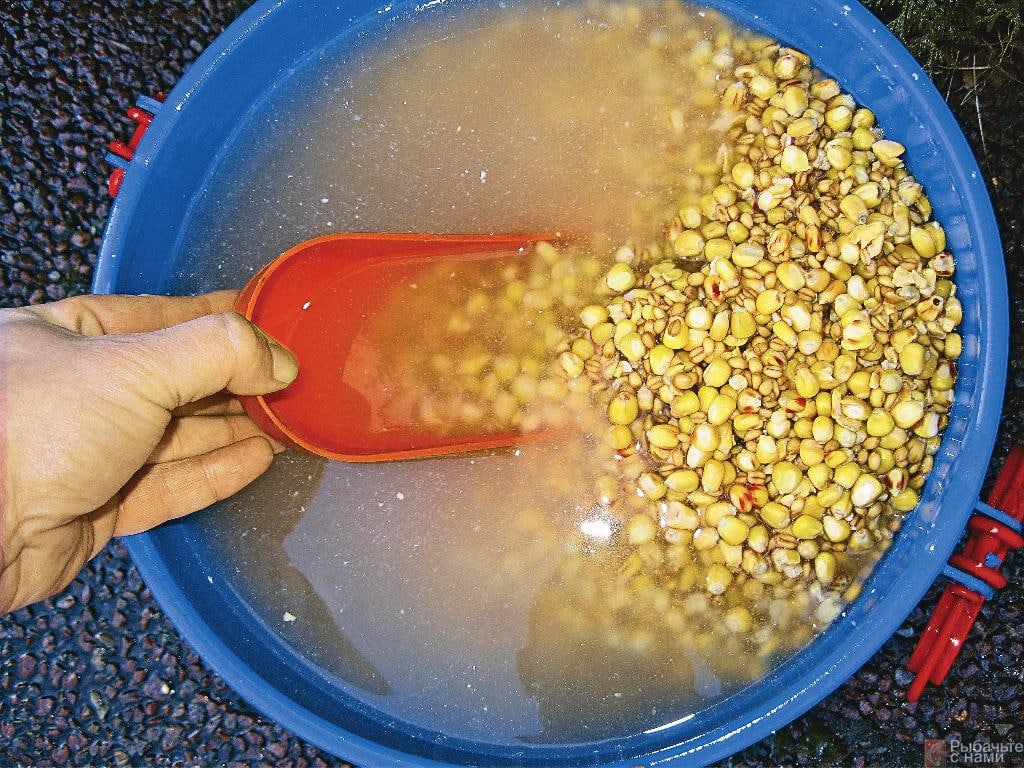
Important! So that after boiling the grains do not lose their original shape, they must be cooled without removing them from the water. Boiled bait in terms of its characteristics, attractiveness, as well as the level of catchability, is practically in no way inferior to canned analogs.
How to make steamed fish corn
Plain corn can be steamed in a saucepan or thermos. To do this, you need to adhere to the following cooking steps:
- First, the grains must be soaked in water for 24 hours. In this case, the water must be changed at least once every 4 hours.
- Then you should take an airtight container (a saucepan with a lid, a thermos), pour the grains into it and pour boiling water over it.
- You need to steam the grains for 4 hours.
During the preparation of such a nozzle, flavors can be added to the grains, immediately before they are placed in boiling water. Some seasoned anglers use spices, taking into account the taste preferences of the fish to be caught.
The use of raw grains
For fishing, you can use raw grains that have not had time to ripen. They are also called dairy. This bait can be purchased at specialized stores or harvested locally. Some fishermen specially grow this cereal in their backyards and summer cottages in order to use its unripe “milk” grains for fishing. The main advantage of such a bait is that it has a natural taste, as well as a natural plant smell, which does not arouse suspicion even among the most careful underwater inhabitants.
How to make drunken or fermented fishing corn
The fermentation process is the normal fermentation that foods undergo. The reasons why underwater inhabitants actively react to drunken, or as it is also called, enzymatic corn, are as follows:
- The presence of a fermentation factor . Fermented foods are easier and easier to digest by the body.
- The presence of the factor of naturalness . Drunk corn, which has already acidified, does not arouse suspicion among underwater inhabitants.
- The presence of a specific, strong odor .
Making drunk or enzymatic bait is not difficult. However, the process of its preparation itself takes several days (it will take 3 days to prepare a nozzle from fresh grains and 4 from dried ones). The fermentation procedure itself consists of the following steps:
- First, the grains must be soaked in clean water, and then boiled over medium heat for 40 minutes.
- Then you need to drain the water from the pan.
- At the next stage of cooking, the grain must be filled with a small amount of plain water.
- Then add sugar to the container. Honey can be used as a flavoring agent.
- At the next stage, you need to add yeast to the resulting mixture, which is used in baking. Yeast is added in the following proportion – for 1 kg of grains, 10 grams of yeast is needed.
After adding all the ingredients, shake the container well, and pour the resulting mixture into a glass jar or bottle. To prevent air from entering the mixture, you can pour a little vegetable oil on its surface. The fermentation process takes several days until the bacteria stop converting glucose into alcohol.
Note! During fermentation, the container does not need to be tightly closed with a lid. This is due to the fact that during fermentation, a large amount of carbon dioxide is released.

Cooking with mash
It is not difficult to make groundbait with mash. To do this, you need to take the grains, rinse them thoroughly in cool water, and then pour them into a special container. Then about 2/3 of the container must be filled with fresh water. After that, add a couple of tablespoons of sugar and 1 tsp to the resulting composition. yeast (you can use fast baker’s yeast). After that, the container should be placed in a sunny and preferably warm place. After 1.5 days, it is necessary to check the condition of the resulting mixture. In appearance, taste and smell, it should resemble the most ordinary mash. Then the grain must be poured into a saucepan, filled with water in which it fermented, and boiled over medium heat. After the heat treatment of the mixture, you need to give a little time so that it is properly infused.
Steaming in a thermos
Cooking corn in a thermos is easy. To do this, you need to take the grains and soak them in water for 24-48 hours (hard varieties need to be soaked for 2 days, soft ones – 1 day). After that, pour the cereal into a thermos and add boiling water to it in a ratio of 1 to 4. The duration of preparation of such a nozzle / bait is about 4 hours. After that, the corn grains must be removed from the thermos and transferred to another container.
Using a multicooker
Thanks to the use of a multicooker, you can prepare a nozzle and groundbait from corn in a short period of time. To do this, you need to take the cereal, rinse, and then soak it in water. Then the grains need to be poured into the bowl container and filled with about 2/3 of water. To improve the taste of the bait, you can add a little honey to it. Then the multicooker must be put on the steaming mode and wait until the end of the cooking process. Young ears are boiled for about 20 minutes, old ones hardened for more than 40 minutes.
Use of crushed corn
Crushed cereal is best suited for making groundbait. During cooking, add a small amount of peas to the cereal and cook in a saucepan for several hours. In addition, special additives, flavor enhancers can be added to the mixture. The finished groundbait must be removed from the heat and allowed to infuse. After that, it can be used, for example, in feeders, to draw the fish’s attention to the fishing area.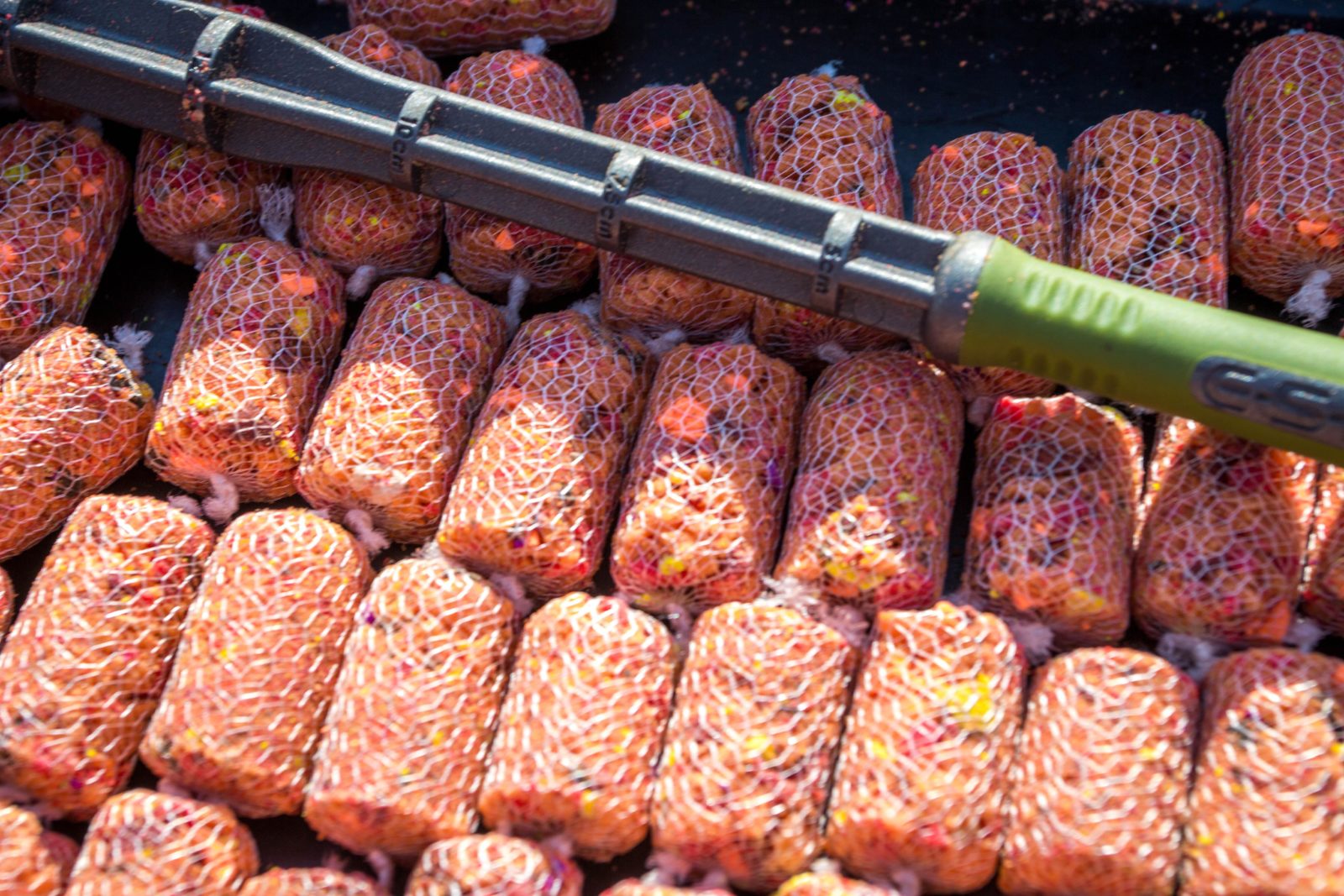
Hungarian fishing corn
Hungarian special corn is a ready-made product that is sold in cans. It can be used immediately, without preliminary preparatory work, for fishing. Depending on the method of preparation, it can have different flavors, as well as have a natural or artificial color. It is one of the most efficient lures for catching peaceful fish. Such bait, due to the use of a special cooking technology, has a long shelf life, even after opening the can.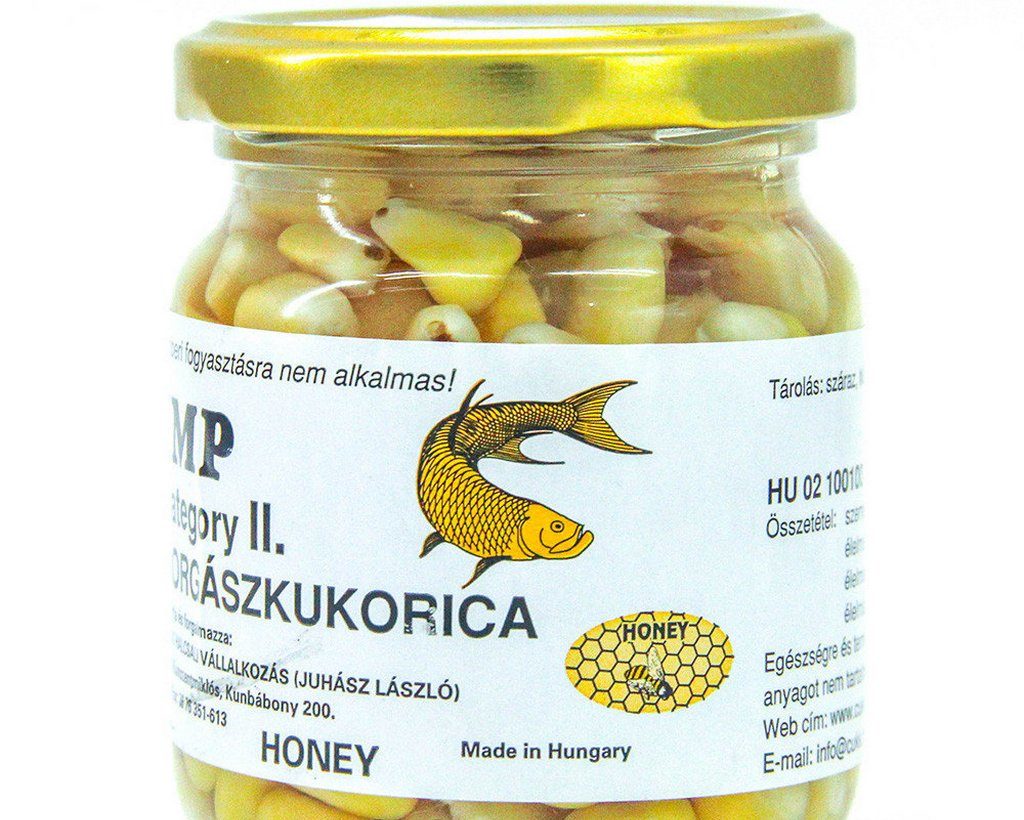
Artificial corn
To catch peaceful fish, you can use the so-called artificial corn for fishing. In terms of its composition, it is similar to special granules, to which flavored substances are added. At the same time, such granules can be purchased in fishing stores with and without added flavors. In the second case, the angler decides for himself which flavorings should be additionally added to the bait. It should be noted that in terms of catchability, such artificial pellets are inferior to natural bait. However, they hold better on the hook and are great for long casts. In addition, the flavored granules can remain under water for a long time without losing their aroma. Also, the advantage of such a nozzle is the possibility of its repeated use.
Flavored grains
When fishing, you can use special flavored corn. Such attachments to which flavors are added can be of natural (natural) or artificial origin. You can make such a nozzle yourself at home. To do this, while boiling the grain or evaporating it, you need to add a little flavor to the mixture. You can get these flavors at the fishing store. However, they must be used carefully, because the strong aroma of the bait may not attract, but rather scare away the fish.
Floating
Pop – up corn, or as it is also called – floating, is an artificial silicone bait that can be used for fishing on bodies of water with a muddy bottom. Such a nozzle can have different colors, and a variety of flavors can be used in its preparation.
Canned corn
Canned corn, due to its availability, is in demand among anglers. For successful fishing, it is best to use sweet canned corn. In addition, in specialized fishing shops you can buy special, large grains for fishing, which have already been added with special flavoring additives.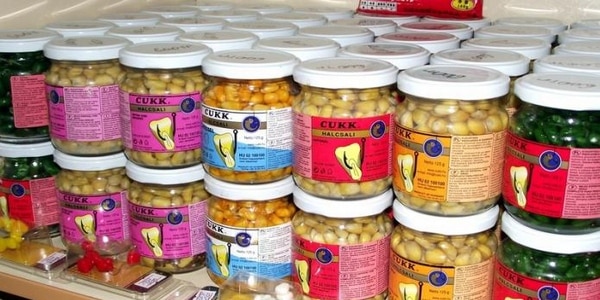
Corn syrup for fishing use
The syrup is used as one of the ingredients during the preparation of groundbait, which will be used for fishing at great depths or in bodies of water with the current. To prepare it, you need to take ground corn grains and sugar. To make a syrup, melt the sugar over a fire and add a small amount of citric acid and soda to it, which will ensure the stability of its structure.
How to properly plant corn on a hook: several options with a photo
The grains should be planted on the hook using a double piercing. With a single entry of the sting, this bait can fly off the hook with strong casts. The number of simultaneously used grains, first of all, depends on the size of the hook, as well as the taste preferences of the underwater habitats on which the fishing is carried out.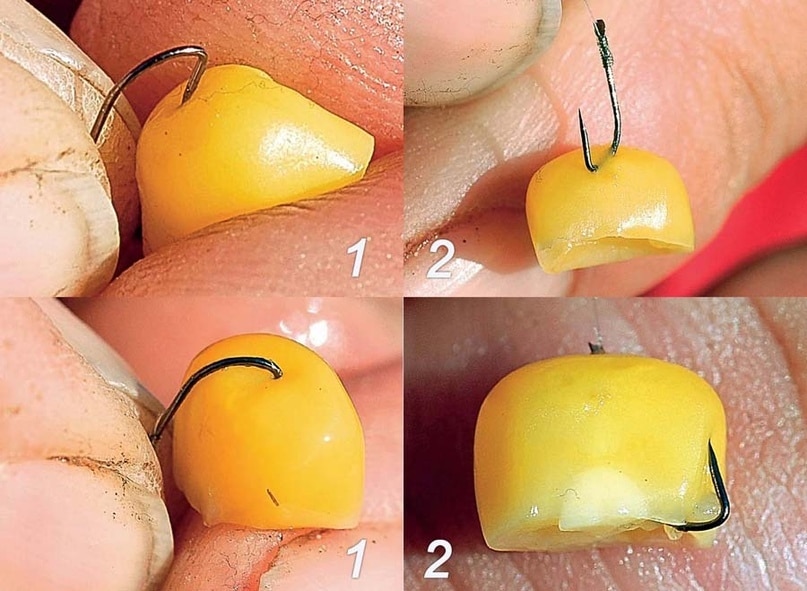
boilies , pellets, pearl barley.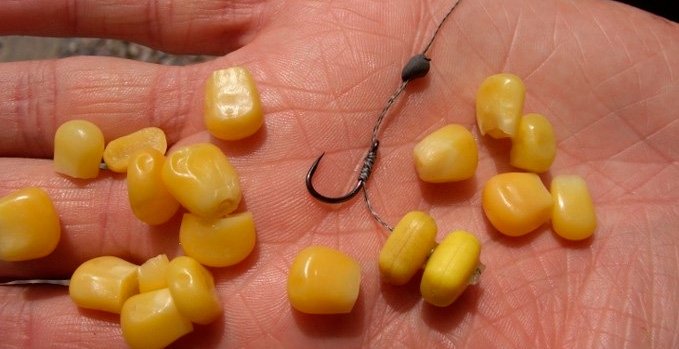
Use as a groundbait
Groundbaits made from corn are also effective. The grains, due to their bright color and strong aroma, actively attract the attention of underwater inhabitants. They are clearly visible at the bottom of the reservoir, and due to their low weight, the grains are easily retained on the surface of silty soil or on algae. To prepare the bait, you need to take cereal grains, rinse them well and soak in water for 24 hours. Then they must be poured into a saucepan, filled with water and boiled for 30 minutes. After that, the groundbait must be cooled and poured into a storage container. When preparing groundbait, you can use a variety of additives or hemp seeds. It can be used either in bulk and / or in feeders, or by transferring it into a homogeneous gruel and mixing with other ingredients.
How to catch carp, bream and chub with corn
For
catching carp for corn, it is recommended to use feeder tackle. Several corn kernels should be placed on the hook. This will allow you to weed out small fish and fish for larger specimens. For catching carp, it is recommended to use canned corn, which has a sweetish aroma and taste.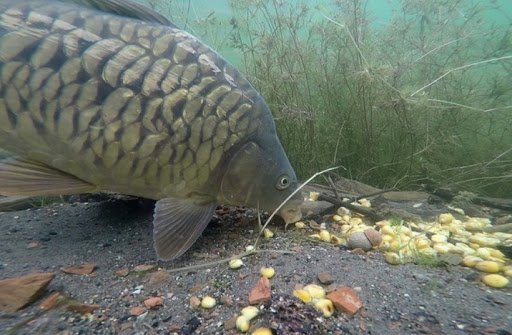
Pros and cons of using corn kernels for fishing
Bait such as corn is very popular with anglers. However, this attachment has both advantages and disadvantages. The benefits include the following:
- Availability.
- Low price.
- Ease of preparation.
- Possibility of combined use with different additives, flavorings.
- Can be used as a bait or bait.
- It has a good level of catchability and remains on the hook for a long time.
The disadvantage of grains is that when used excessively, the fish quickly becomes saturated and becomes less active. In addition, in addition to carp, it attracts smaller fish such as roach or rudd.
Experienced advise
Fermented corn, due to its soft consistency, is recommended to be hooked onto the hair rather than directly onto the hook. Otherwise, especially with long casts, it will fly off the hook. In addition, this cereal should not be overused when used as groundbait. This is due to the fact that it is nutritious and the fish, with abundant use of corn, quickly becomes saturated and stops responding to the bait on the hook. When fishing on bodies of water with a muddy bottom, it is recommended to put corn on a hook with a foam ball. The foam will prevent the nozzle from sinking to the bottom and burying itself in the silt. Canned grain syrup can be used as an additional ingredient when preparing groundbaits.
